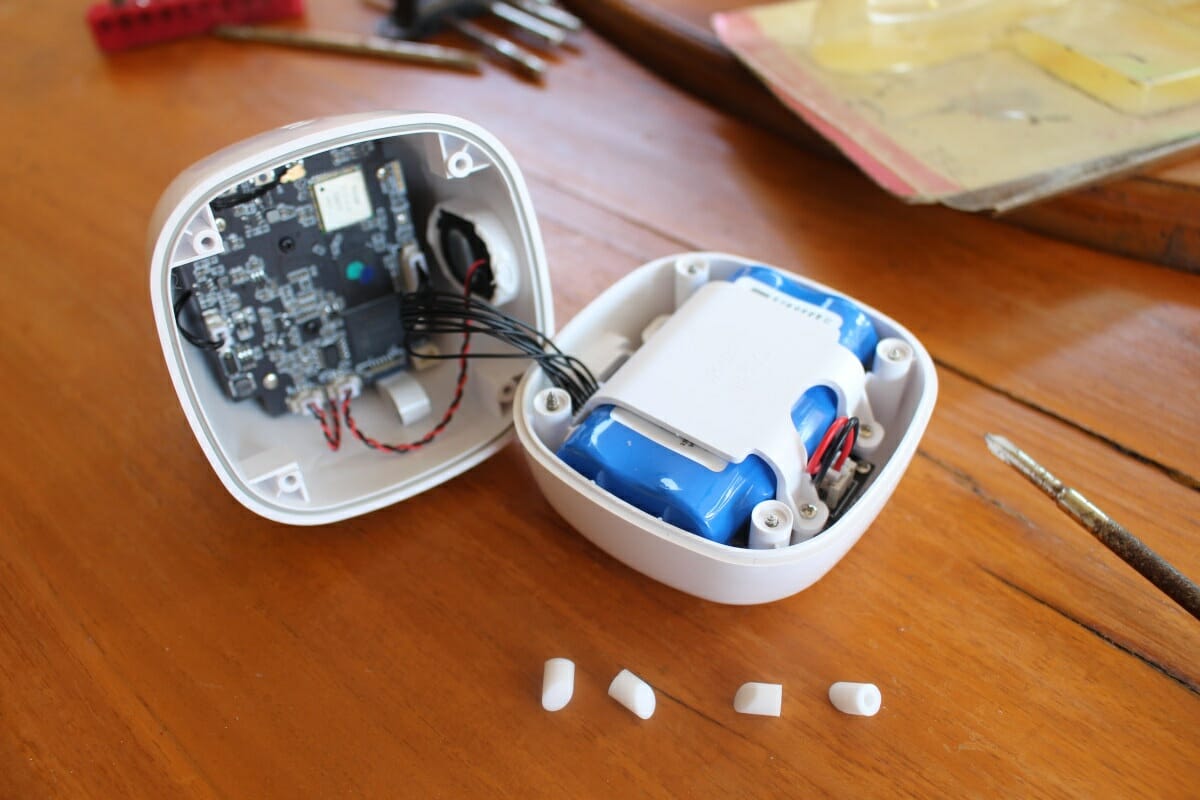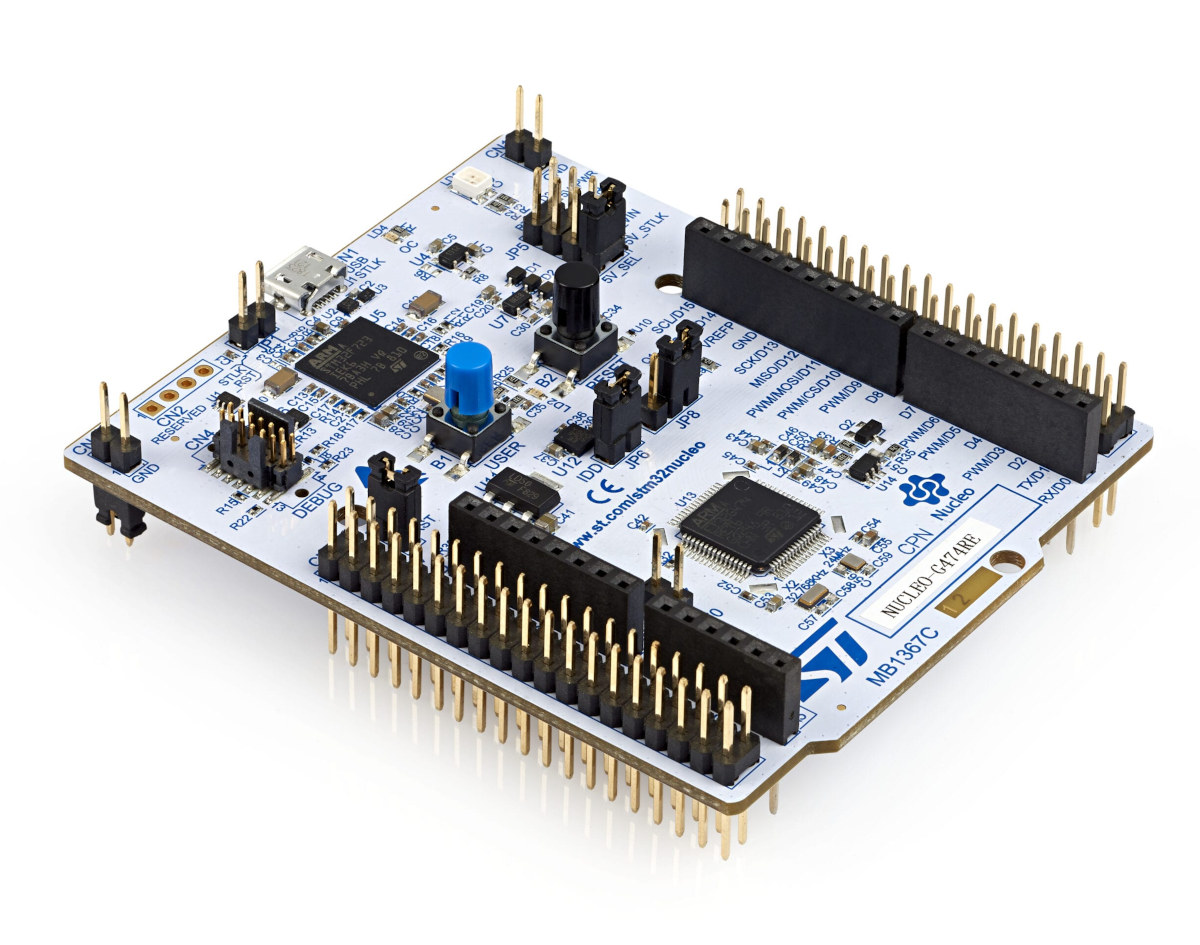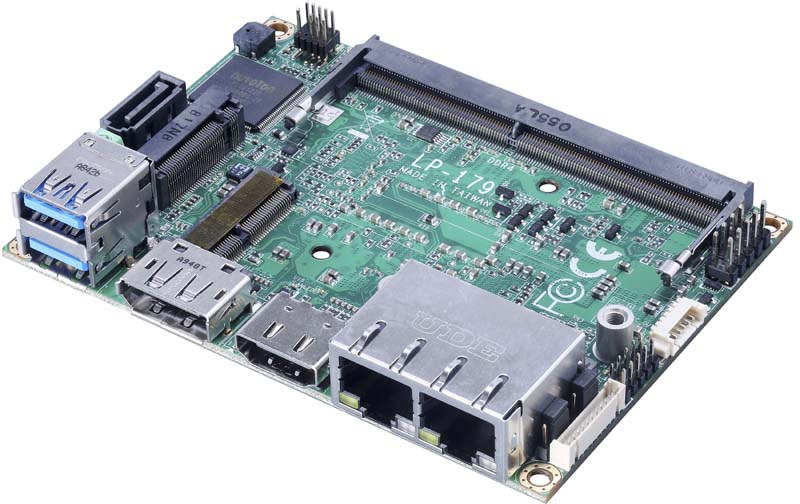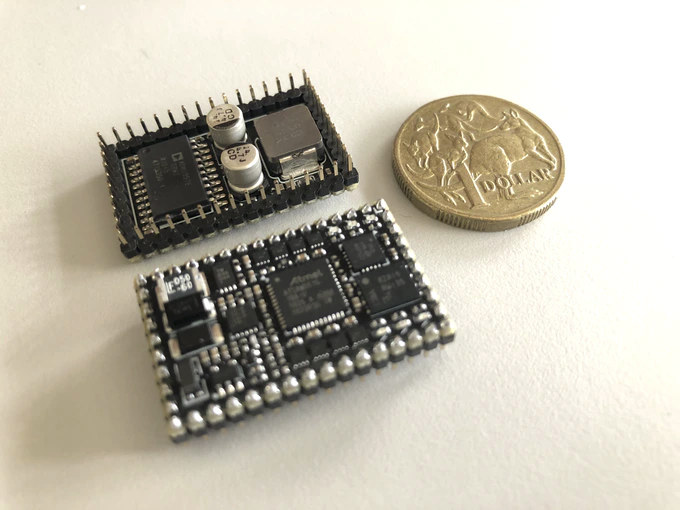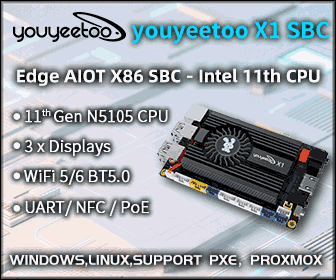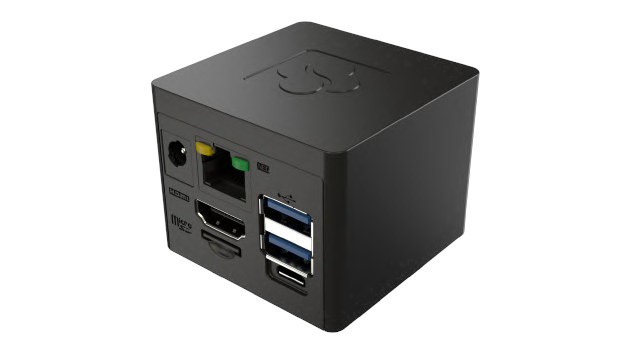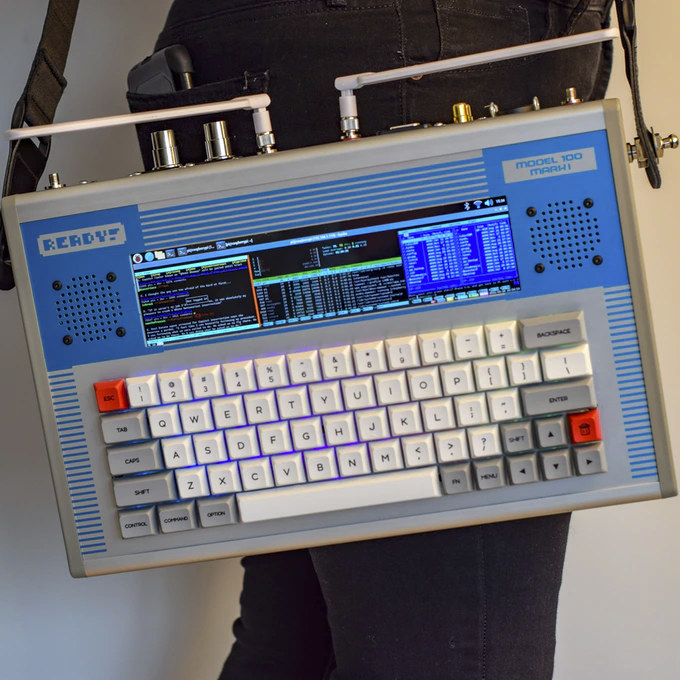As we’ve seen in our Reolink RLC-810A review, AI security cameras greatly reduce the number of false alerts generated by motion sensors, and the Reolink 4K security camera we tested was capable of people and vehicle detection. The Reolink model does not support WiFi, so I had to run a long Ethernet cable, plus a power extension to connect a 12V power adapter since I don’t own a PoE injector. But I’ve been given the opportunity to review another AI security camera, namely Vacos Cam, that also supports human detection, but relies on WiFi connectivity and can be powered by a solar panel removing the need for potentially long cable. As a bonus, it comes with eMMC for storage, so there’s no need for a MicroSD card. In the first part of the review, I’ll list the specifications, unbox the power panel and camera, and tear down Vacos Cam to […]
New STMicro STM32G4 MCUs target cost-effective motor control systems with up to 512KB flash
STMicro introduced the STM32G4 family of mixed-signal microcontrollers in May 2019 for e-mobility (e.g. e-bikes), digital power supplies, advanced motor controls, lighting, and building-automation products. The Arm Cortex-M4 based microcontrollers clock up to 170 MHz, and include new hardware mathematical accelerators to boost processing of applications using Cordic (Coordinate Rotation Digital Computer) and Filtering functions to support increased performance and energy efficiency. This enables faster and more efficient calculations for energy-saving motor controls and frees up the core to receive more sensor data and control additional user functions. The STM32G4 Series of mixed-signal microcontrollers have three lines of products: The STM32G4x1 Access line – general-purpose microcontrollers with an entry-level set of analog peripherals The STM32G4x3 Performance line – general-purpose microcontrollers with the maximum number of analog peripherals The STM32G4x4 Hi-resolution line with high-resolution timer and complex waveform builder plus event handler (HRTIM) for digital power conversion, such as digital switched-mode […]
Commell LP-179 Pico-ITX motherboard ships with Intel Tiger Lake UP3 embedded processor
Intel first introduced Core i3/i5/i7 Tiger Lake UP3 processors with Intel Xe graphics in early September 2020, soon followed with embedded versions of Tiger Lake UP3 a couple of weeks later, and then Celeron 6305E, still for embedded & IoT applications, with support for features such as 2.5GbE and quad-display support. We’ve already seen some Tiger Lake UP3 motherboards with AAEON UP Xtreme i11 (122 x 120 mm) and IEI tKINO-ULT6 mini-ITX SBC, but if you’d like a more compact Tiger Lake solution, Commell LP-179 Pico-ITX motherboard may be an option with a choice of Core i7-1185G7E or Celeron 6305E processor. Commell LP-179 specifications: SoC (one or the other) Intel Core i7-1185G7E quad-core/octa-thread Tiger Lake UP3 embedded processor @ 1.8 GHz / 4.4 GHz (Turbo) with 12MB cache, 96EU Intel Iris Xe graphics; 12 to 28W TDP Intel Celeron 6305E dual-core Tiger Lake UP3 embedded processor @ 1.8 GHz (No […]
Pebble Tracker nRF9160 GPS & cellular IoT platform connects to IoTeX blockchain (Crowdfunding)
Nordic Semi nRF91-series of Cortex-M33 SoCs with NB-IoT and LTE-M (eMTC) cellular IoT connectivity was first unveiled in 2018. The first member of the family is nRF9160 System-in-Package (SiP) which also comes with GPS, and we’ve found it Nordic’s own Thingy:91 devkit, as well as in various modules and development boards from third parties. There’s now a new kit called Pebble Tracker that features Nordic Semi nRF9160 with NB-IoT, LTE-M, and GPS connectivity, as well as environmental, motion, and light sensors. The cellular IoT prototyping platform works with the IoTeX blockchain to design decentralized IoT solutions with higher security. Pebble Tracker hardware specifications: Wireless module – Nordic Semi nRF9610 SiP MCU Core - Arm Cortex-M33 @ 64 MHz Storage & Memory – 1 MB flash, 256 KB SRAM Connectivity – LTE-M / NB-IoT modem with support for bands from 700 MHz to 2.2 GHz) Security – Arm TrustZone IoT SIM […]
Software configuration tips for Raspberry Pi clusters & parallel-ssh command
I missed that linux.conf.au 2021 took place on January 23-25 2021, and while browsing the schedule I noticed a talk entitled “Building Raspberry Pi Supercomputers” by Federico Lucifredi, Product Management Director for Ceph Storage at Red Hat. In the talk, he mostly focuses on the software part, and besides some basic steps, I learned about some new commands that be useful to people managing clusters of Raspberry Pi or other Linux boards or hosts. Configuring a cluster He used Picocluster image in his example, but for people wanting to use 64-bit OS, he recommends Ubuntu or Fedora images until Raspberry Pi OS 64-bit becomes stable. The first part of the configuration is making sure all the main user is the same on all board, disable SSH for root, and configure run levels (X not needed on clusters). Networking is configured with fixed IP addresses for Ethernet, and DHCP for WiFi. […]
microZERO is a compact, Arduino compatible Microchip SAMD21 module (Crowdfunding)
SRKH Designs’ microZERO is a tiny, Arduino compatible module based on Microchip SAMD21 Arm Cortex-M0+ microcontroller for applications such as drone control, mobile platforms such as cars, trucks, boats and bikes, and other products working in demanding environments. The company has also designed two baseboards, namely Dev Board A with RGB color high resolution IPS display and the more classic Dev Board B, both mostly following Arduino UNO form factor to get started with development and/or evaluation. microZERO specifications MCU – Microchip SAMD21G18 Arm Cortex-M0+ @ 48 MHz with 256KB flash, 32KB SRAM Storage – 16MB SPI flash memory for additional storage and remote firmware upgrades I/Os 32x protected IO with 6x ADC, SPI, I2C, 6x PWM, TCC, USART, 1-WB, I2S, and USB 1 Mbps CAN controller with fully isolated and filtered CAN transceiver for maximum signal integrity 2mm pitch footprint Security – Microchip ATECCA508/608 software protection encryption IC Misc […]
SolidRun CuBox-M 2-inch Arm Linux/Android mini PC packs a 2.3 TOPS AI accelerator
SolidRun first introduced the tiny CuBox Arm Linux mini PC in 2011, with the device based on a Marvell Armada 510 dual-core Armv7 processor, and followed in 2013 with the launch of the CuBox-i family powered by Freescale i.MX 6 single to quad-core Cortex-A9 processor. The company moved to NXP i.MX 8M processor in 2018 with the introduction of CuBox Pulse, and now they’ve introduced their first Cubox mini PC with a built-in AI accelerator. Meet CuBox-M mini PC powered by NXP i.MX 8M Plus quad-core Cortex-A53 processor with a 2.3 TOPS NPU. Cubox-M mini PC specifications: SolidRun i.MX 8M Plus System-on-Module (SoM) SoC – NXP i.MX 8M Plus Quad quad-core Arm Cortex-A53 processor @ 1.8 GHz with Arm Cortex-M7 up to 800MHz, Vivante GC7000UL 3G GPU (Vulkan, OpenGL ES 3.1, OpenCL 1.2), 2.3 TOPS NPU, 1080p60 H.264/H.265 video encoder, 1080p60 video decoder (H.265, H.264, VP9, VP8), Candence HiFi4 audio […]
Ready! Model 100 is a retro computer shell for Raspberry Pi, SBCs, Nano/Pico-ITX boards (Crowdfunding)
We recently wrote about Devterm, a modular, retro-looking portable computer that looks like a typewriter with an extra-wide display, and takes Raspberry Pi CM3-series modules, or other compatible modules made by Clockwork based on Rockchip RK3399 or Allwinner H6. If you’re into this kind of device, but would like to use your own Raspberry Pi, another SBC, an Intel NUC motherboard, a Nano/Pico-ITX board, or even your smartphone, Ready! Model 100 single board computer expansion system may be worth looking into. Ready! Model 100 key features and specifications: Compatibility – Accommodates any hardware using 5V or 12V power input including smartphones, or arm or x86 SBCs such as Raspberry Pi 4, and compact motherboard following NUC, 4×4, 5×5, or Nano/Pico ITX form factors. Storage – Space for SSD Display – 8.8-inch 1920×480 “3xVGA” HDMI Touchscreen Video Output – HDMI (if dual HDMI supported on SBC) Audio – 10W stereo speaker […]


